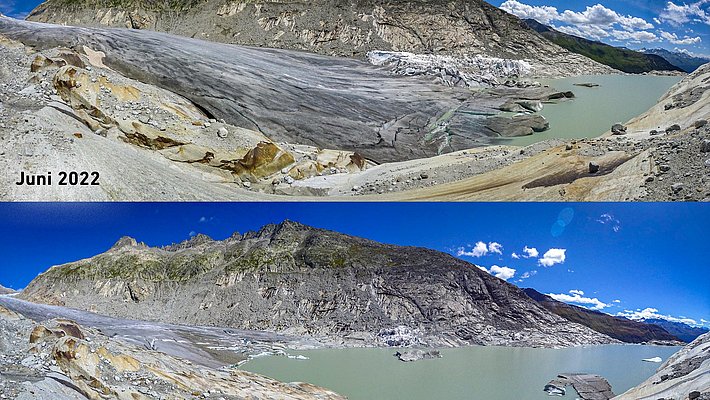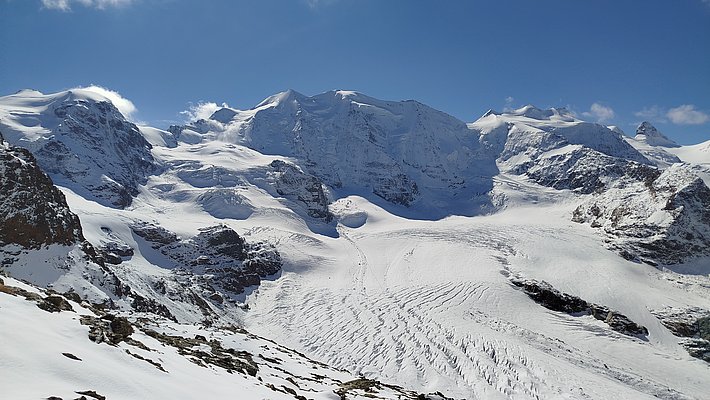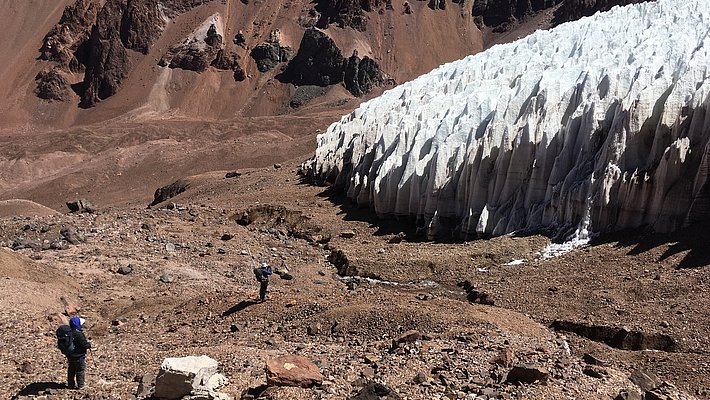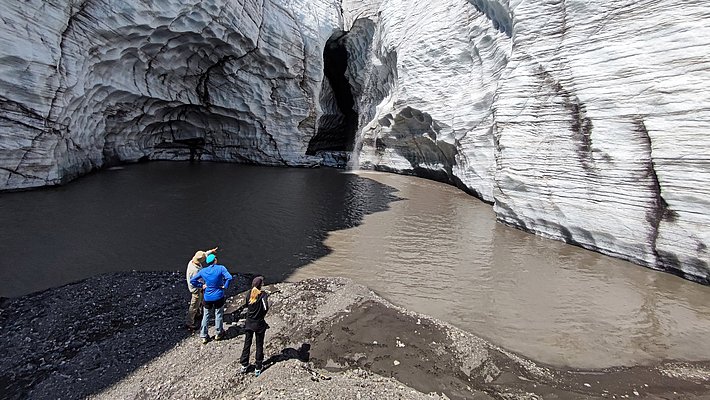We investigate snow, ice and permafrost with their importance for winter tourism, drinking water and hydropower. We also research the processes of avalanche formation and the role of the global snow and ice masses for the climate.
Glaciers and the snow cover are huge seasonal water reservoirs. At the same time, Switzerland is highly dependent on snow for winter tourism. Climate-related changes are playing a increasing role in this. Our long-term measurement series help to understand and deal with them.
Glacier research in Switzerland and abroad ¶
How does the melting of ice and glaciers affect the water supply in Switzerland and globally, and what organisms does it bring to light? In addition to expeditions to the polar and other regions, we explore the high mountain glaciers in the Himalayas, which are also known as the "third pole", and other regions of the earth.
Snow as a natural hazard ¶
At the WSL Institute for Snow and Avalanche Research SLF, we investigate how avalanches occur, where they flow at what speed and under what pressure, and how we can protect ourselves from them. Our avalanche bulletin is an essential decision-making tool for safety managers in ski resorts and municipalities as well as ski tourers, freeriders and snowshoers.
Snow as a material ¶
Our work in cold laboratories and in the snowpack ranges from researching snow metamorphosis and determining the mechanical properties of different types of snow to developing methods and equipment for studying snowpack structure and providing computer simulations of the snowpack.
Permafrost: permanently frozen ground ¶
Permanently frozen ground or permafrost covers around 6% of the Swiss Alps and occurs primarily above 2400 m. If permafrost thaws, this can lead to problems such as debris flows or unstable structures (avalanche structures, cable car infrastructure). We monitor the development of permafrost in climate change and investigate the complex processes between surface and subsurface.










